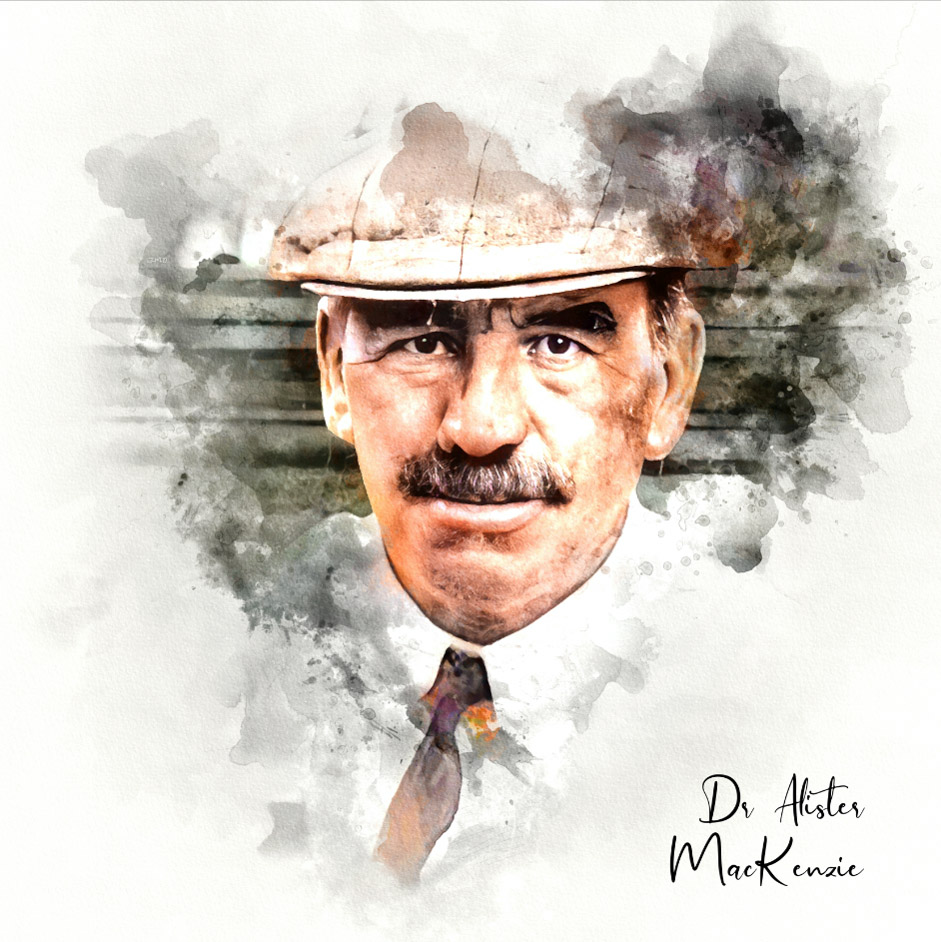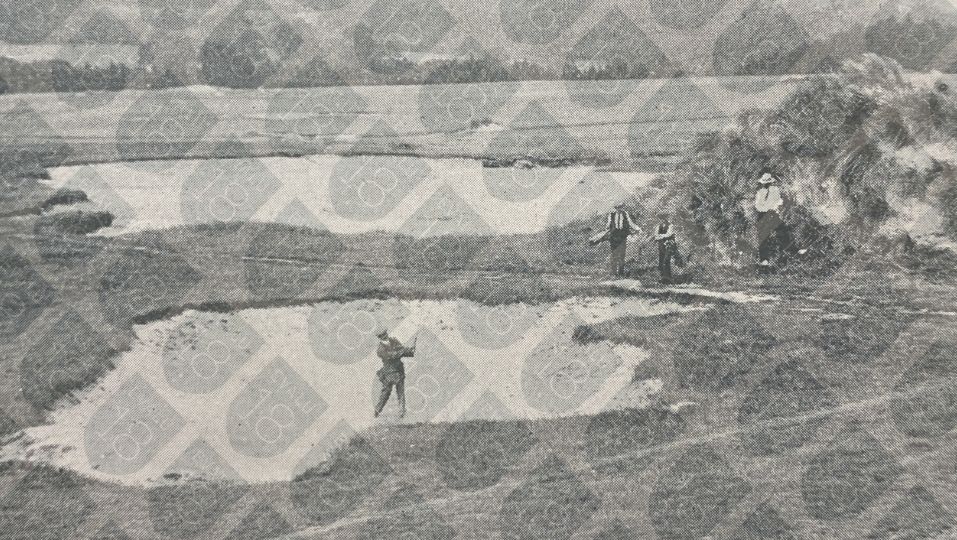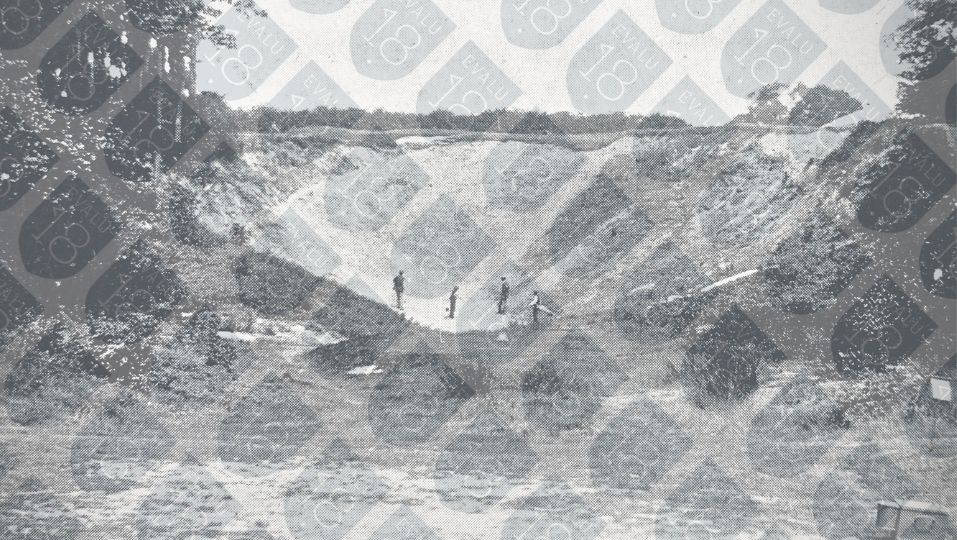Sandy Lodge Golf Club

Overview
London is known for its' clay - Sandy Lodge is a great option if it has been wet. Upon opening, it was considered to be one of the best modern inland golf courses.
If you like variety, Sandy Lodge is right up your street as you never play more than two par 4's in a row here!
Sandy Lodge Golf Club was the host to the challenge match between the Rubber Core and Gutty Match on April 1, 1914. A course map was drawn up for that occasion which Evalu18 has in its possession.
Golf Course Review
Sandy Lodge Golf Club is a sandy oasis surrounded by heavy clay in northwest London. If there ever could be an argument for what constitutes an 'inland links' - this would be it. Fine grass, free-draining sand, sleeper bunkers, and sandhills, Sandy Lodge Golf Club is a beacon for fine, firm, and fast golf in or near London.
Sandy Lodge Golf Club History
Sandy Lodge Golf Club is the result of the earnest endeavor of James Frances Markes who tired of claggy golf during the winter at North London-based Neasden GC. After pouring over geological survey maps in 1908, he found the site. The course was designed by Harry Vardon and staked out over two days in November 1908. It was opened for play on July 16, 1910, (also reported to be May 10) with a match between Harry Vardon, James Braid, C Johns, and J Ferguson - the Sandy Lodge Golf Club professional.
Large sandhills and bunkers were constructed to give a seaside appearance. In fact, it was reported the inland course was more seaside than many seaside courses! Marram grasses were planted and natural blown-out bunkers were constructed. By August 1910 it was reported that additional bunkers would be added after watching the balls run for a season. In 1913, it was reported that 3 types of bunkers were avoided: the cop or trench cross bunker, the large circular shallow bunker, and the revetted pot bunker. Drainage was also built into the bunkers to aid drainage.
Carter's Tested Seeds, the 'Seaside Mixture' was used under the supervision of Mr. Reginald Beale. They sowed 50 acres between April 3rd and 15th, 1909, which was approved for play on September 25, 1909 after an inspection round! The bents were reported to have been imported from Le Touquet.
Sandy Lodge Golf Club Synopsis
A quick look at the scorecard yields some interesting observations. Firstly, it is a Par 71 that measures just over 6000 yards even from the back tees. The course consists of five Par 5's and six par 3's leaving just seven par 4's!
There are back-to-back par 3's at 7 & 8 which vary greatly in length; the 193 yard 7th being almost twice as long as the 101 yard 8th. The back nine begins and ends with a one-shot hole! In all, you play 3 par 3's in four holes between holes 7 and 10.
Sandy Lodge Golf Club Routing
The routing is unique as well. The first three holes play parallel to each other in a north-south orientation. Holes 4 through 11 are virtually straight, laid out in a parallel east-west nature. The single pronounced dogleg comes on hole 12. Holes 13 through 16 are more or less straight in the same east-west orientation. The concluding stretch of 3 holes hugs the property line boundary around a practice area and back to the clubhouse.
For the armchair architects, the idea of parallel holes breaks with established best practices. Here again, Sandy Lodge GC proves to be the exception to the rule and not just with regards to the composition of its soil.
Sandy Lodge Golf Club - Videos

Featured Architect: MacKenzie, Alister
As taken from his book, Golf Architecture, Alister MacKenzie felt the following were essential: The course, where possible, should be arranged in two loops of nine holes. There should be a large proportion of good two-shot holes and at least four one-shot holes. There should be little walking between...









